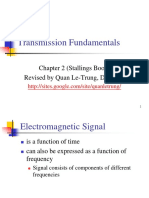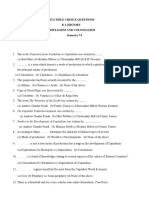0% found this document useful (0 votes)
11 views6 pagesReact Complete Topics QA
This document provides a comprehensive overview of React, covering its definition, features, and advantages such as component reusability and virtual DOM. It includes detailed sections on environment setup, JSX, components, state management, lifecycle methods, hooks, event handling, and more. Additionally, it discusses best practices, styling, and state management with Redux, offering a solid foundation for understanding and using React effectively.
Uploaded by
rushikeshrpawar72Copyright
© © All Rights Reserved
We take content rights seriously. If you suspect this is your content, claim it here.
Available Formats
Download as DOCX, PDF, TXT or read online on Scribd
0% found this document useful (0 votes)
11 views6 pagesReact Complete Topics QA
This document provides a comprehensive overview of React, covering its definition, features, and advantages such as component reusability and virtual DOM. It includes detailed sections on environment setup, JSX, components, state management, lifecycle methods, hooks, event handling, and more. Additionally, it discusses best practices, styling, and state management with Redux, offering a solid foundation for understanding and using React effectively.
Uploaded by
rushikeshrpawar72Copyright
© © All Rights Reserved
We take content rights seriously. If you suspect this is your content, claim it here.
Available Formats
Download as DOCX, PDF, TXT or read online on Scribd
/ 6
























































































